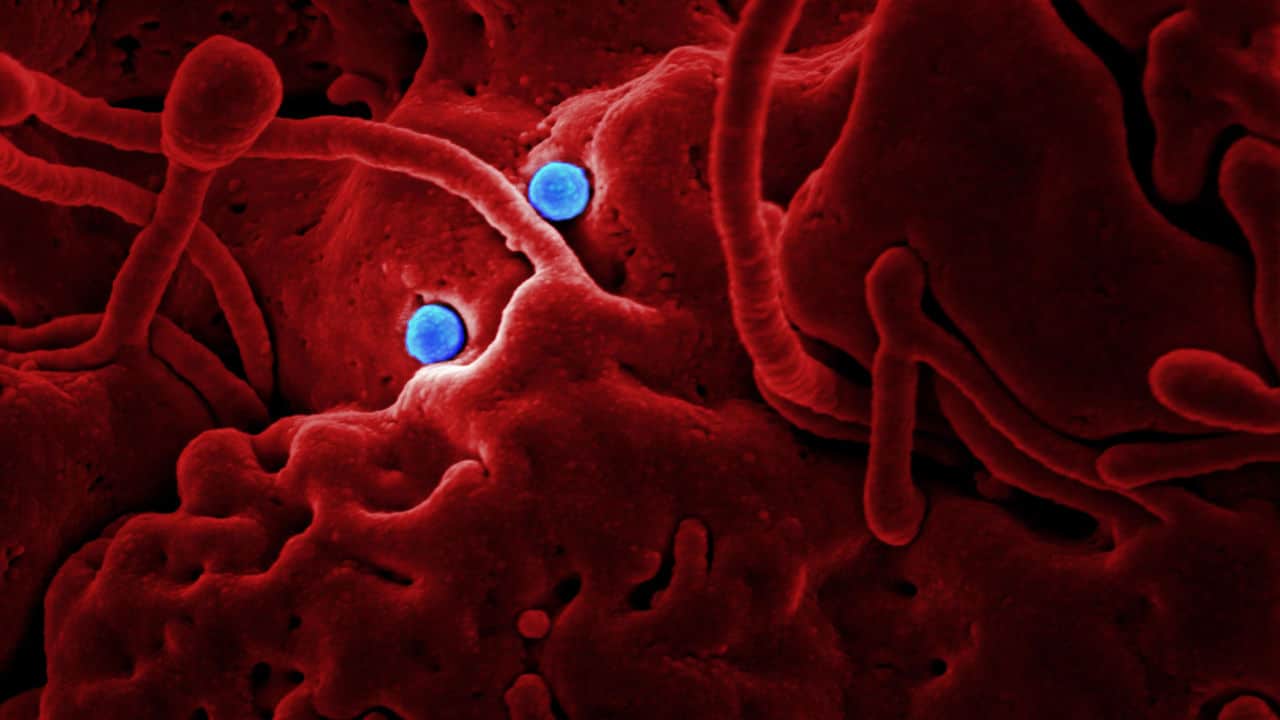The human body system is built in such a way that it accommodates really tiny but gravely essential organisms. Due to their minuteness, these organisms cannot be seen with the naked eye, but their effects can be clearly seen on the body system when they get out of bounds and cause an infection, leading to diseases.
According to an article by the National Center for Biotechnology Information, “infection occurs when viruses, bacteria, or other microbes enter your body and begin to multiply.”

The growth and multiplication of these organisms is impossible to see except with the aid of a microscope, and not everyone who needs to know how this growth occurs has access to a microscope. Also, it’s not everywhere one would go with a microscope just to prove a point or win a case.
Hence, the need to employ alternative methods like medical animation to clearly illustrate how an infection spreads across the human body, leading to diseases or illness.
Why You May Need Medical Animation To Illustrate Infection
Infections are caused by harmful germs when they multiply in the human body.
According to an article published by The American Cancer Society, it was stated that bacteria, viruses, protozoa, and fungal organisms are the main types of germs that cause infection.
These germs are omnipresent, and they can casually enter the body through the mouth, eyes, genitals, sores, bites, or any break in the skin.
However, in some cases, these germs that cause infections get access to the body due to the actions of another party.
A perfect example is an infection caused by negligence by a medical professional during an operation.
No doubt, infections can happen just as a reaction to a surgical procedure the body went through. Still, in some cases, they are caused by unsanitary conditions around the operation room, surgical equipment, and even the hygiene of the medical professional carrying out the surgery.
A medical practitioner can unknowingly leave surgical equipment in the patient’s body, and such equipment can be a fertile ground for infection to grow and multiply in a patient’s body.
In a situation like the one described above, the victim of the infection can charge a medical professional to court to hold them liable for causing the infection that led to the illness.
An example is the case of Jennings v. Palomar.
The Case of Jennings v. Palomar
In this case, the plaintiff developed a subcutaneous abdominal infection after going through a surgical procedure carried out by the defendants.
After the surgery, the plaintiff had pains, and an x-ray later revealed that the defendants, during the surgery, left a medical device called the retractor in the plaintiff’s abdomen.
This device was claimed to have been the cause of subcutaneous abdominal infection in the plaintiff.
This case and many more like the cases of Gobert v. Caldwell, Self v. Crum has seen infection spread in the human body system as a result of the negligence of a medical professional.
With medical animation, the growth and multiplication of these infections caused by different germs can be made bare before the eyes of the jury to affirm the claims of the victim.
Whether it’s a bacteria, viral or fungal infection, medical animation can be used in court to show how these “unseen” organisms grow in the human body leading to the deteriorating condition of the plaintiff.
However, in using medical animation in court, the medical animation company must have medical experts on board to validate the authenticity of the details as portrayed in the animation as they create it.






